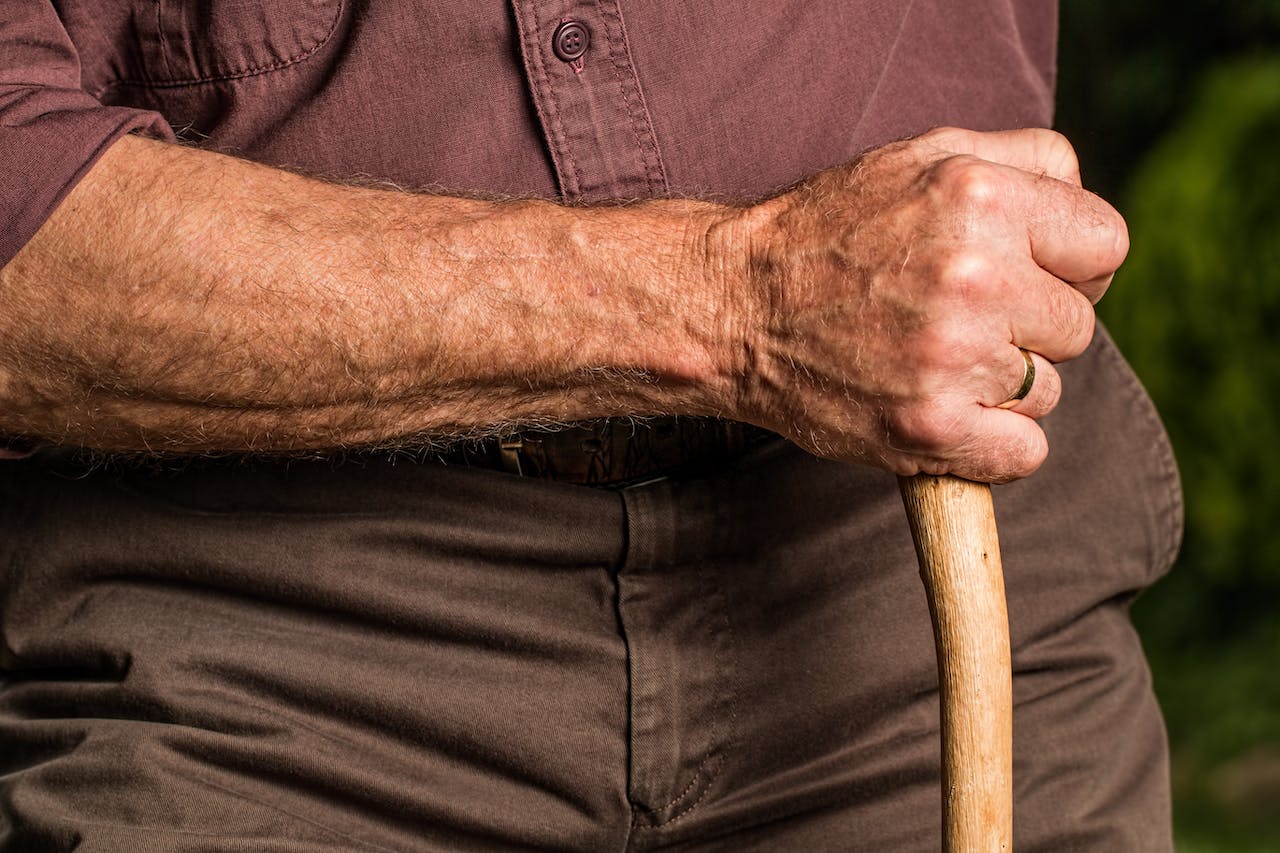The History Of Standing Aids
Explore how mobility aids came to develop standing aids for the disabled and elderly, from B.C. to today. EasyStand’s standing frames add to that story.

The story of how standing aids came to be is a narrative that interweaves with societal perceptions and treatment of individuals with reduced mobility. In the Middle Ages, the communal approach to disability was largely indifferent, often resorting to marginalisation. Many disabled people lived as outcasts.
However, the history of standing aids cannot be explained without factoring in the long history of mobility aids that allow people to travel. In this article, we delve into the long, transformative history of mobility aids which led to the recent invention of advanced standing aids
When Were Mobility Aids Invented?
Mobility aids have a long and storied history, tracing back thousands of years. Walking sticks, one of the earliest forms of support for those with mobility challenges, have been in use since ancient times. Remarkably, the earliest evidence of a wheeled mobility device dates to around 1300 B.C., as depicted on a Chinese sarcophagus. Furthermore, a significant artefact from the 5th century B.C. showcases one of the first known wheelchairs, used by the renowned philosopher and teacher Confucius. This early version, while rudimentary, highlights the longstanding human effort to assist individuals with reduced mobility.
Early Mobility Aids
Disabled walking frames started to develop into more advanced contraptions in the 15th century, with a three-wheeled chair with a footstep and writing desk fixing depicted in England as far back as the 14th century.
Queen Elizabeth of Spain, who ruled between 1621 and 1644, provided hospitals with prosthetic and physiotherapeutic devices that helped injured soldiers in more advanced ways. The wheelchairs of this time moved on four small wheels and had metal bars with notches to adjust the back.
The first patent for a wheelchair was issued in 1869 in the USA, and wooden models became incredibly popular in the USA during and after the Civil War. They had a small crank that turned two side wheels attached to the seat by springs, an independently elevating and lowering footrest and an upholstered backrest that can recline, all for the user’s comfort.
Mobility Aids in the Early 20th Century
The early 20th century brought about innovations such as foldable wheelchairs in 1932, and the world’s first electric wheelchair in 1924. These were invented with the technological and medical advances after WWII to help soldiers cope with life after the war. In particular, the electric wheelchair enabled many more people, including those with quadriplegia, to navigate the world without needing assistance for the very first time.
Modern Mobility Aids and the Development of Standing Aids
Greater independence for the disabled and elderly was achieved later in the century with the addition of mobility scooters, walkers and rollators to the mobility aids lineup in 1968, 1970 and 1978 respectively.
From mobility aids come standing aids, which do not have to travel but do have to support the weight of the person using it. In the 1970s, leg braces and independent standing frames were being introduced into rehabilitation programs in the USA, but they didn’t make their way into the home until Mary Boegel and Dr. Glenn Reynolds developed the technology further. In 1983, they were offering standing frames to wheelchair tennis players, beginning their journey to changing how rehabilitation programmes operated.
This trip through the history of standing frames shows us how far technology has come, but most importantly, it shows how the attitude towards the disabled and elderly has progressed. In the past, they were outcast, but now, they can lead fulfilling, social and active lives independently thanks to mobility aids and standing frames.
EasyStand standing frames have empowered thousands to gain the health benefits of standing, boosting their self-assurance and control over their lives. Our team is motivated and passionate about giving those in need the equipment to stand, exercise and transfer between seats easily. If you’re curious about how our products can aid you or your patient, reach out to us via a call or through our contact form.
